Are you wondering what Starlink Laser Link is and how it can improve your internet connectivity? If so, then you have stumbled upon the right article.
Imagine a world where staying connected is super easy. That’s what Starlink’s Laser Link is all about. It’s like a big network of satellites floating around Earth, talking to each other using beams of light.
This technology is changing how we connect, no matter where we are.
In this article, we’ll talk about what Starlink’s Laser Link can do and why it’s important.
We’ll keep it simple and easy to understand so everyone can see how cool it is.
So, let’s dive in and learn more about this amazing way to stay connected!
What is Starlink Laser Link?
Starlink Laser Link is a cutting-edge technology SpaceX employs to facilitate direct communication between Starlink satellites using laser beams, eliminating the need for traditional radio waves and ground stations.
In simple words, it facilitates data communication between Starlink satellites.
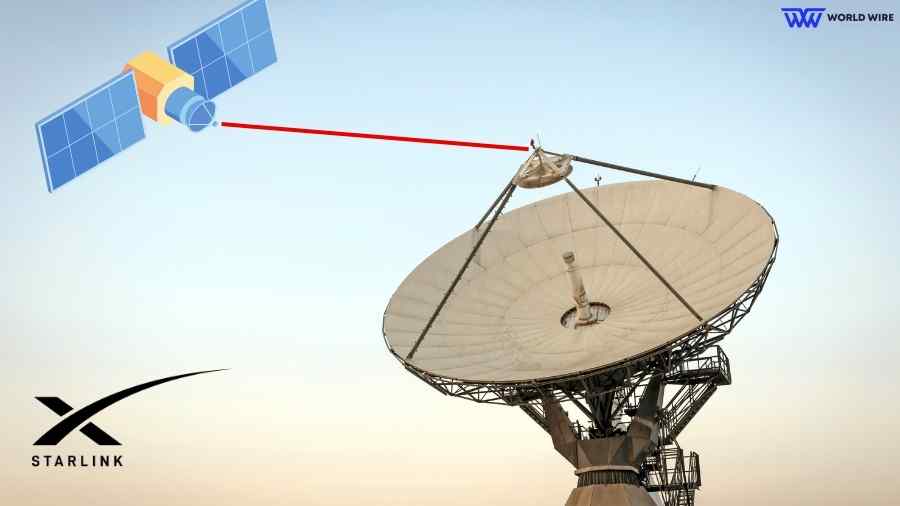
With the introduction of the Starlink laser link, SpaceX aims to enhance the efficiency and reliability of data transmission across its satellite network.
Engineers have been planning to equip future satellites with laser links for more effective communication in space to leverage faster and more reliable internet connectivity for users worldwide.
Does Starlink Use Laser Link?
So, the answer is yes: Starlink uses laser links for its satellite communication.
SpaceX has confirmed that it is equipping its satellites with laser links to enhance internet connectivity in various regions, including remote areas in Canada, Australia, and Antarctica.
While most Starlink satellites still rely on radio frequencies for communication with ground stations, the integration of laser links will significantly advance internet capabilities.
Laser link allows satellites to communicate directly with each other, reducing dependency on ground stations and enabling more efficient data transmission.
So, while Starlink does use laser links, it still primarily relies on a combination of radio frequencies and ground station systems for communication.
Benefits of Using Starlink Laser Link
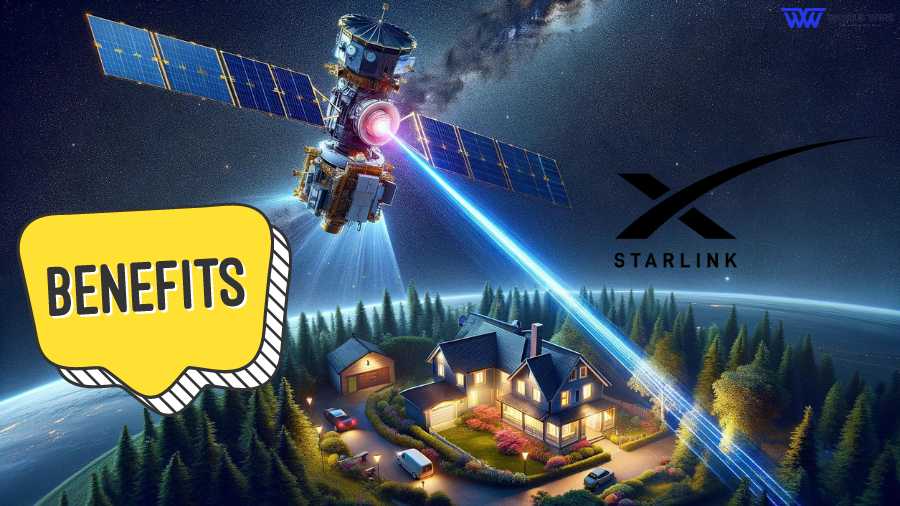
Starlink laser link facilitates direct satellite communication, which enables effective internet access. Some of the benefits associated with Starlink laser link are:
Increased Speed and Capacity
Starlink’s laser links facilitate data transmission between satellites at speeds up to 100 Gbps, significantly faster than traditional radio wave methods.
This technology speeds up internet connectivity and increases the network’s overall data handling capacity, enabling it to manage enormous amounts of data—over 42 petabytes daily.

Such capabilities are crucial for handling the growing global data demand and applications requiring high bandwidth, such as streaming high-definition video content and large-scale cloud computing operations.
Lower Latency
Utilizing lasers, Starlink satellites can drastically reduce the time it takes for data to travel between points in space, cutting latency by up to 50%.
This is particularly significant for applications that rely on real-time data exchange, like competitive online gaming, financial trading, and telemedicine, where even milliseconds can be critical.

The direct satellite-to-satellite communication enabled by laser links bypasses the need for ground relay stations, thus shortening the data path and reducing delay.
Improved Reliability and Connectivity
Laser communication provides a direct link between satellites, which helps maintain a strong and consistent connection without needing physical relays on Earth.
This direct connection is less susceptible to disruptions caused by atmospheric conditions or physical obstructions, leading to more reliable internet service.
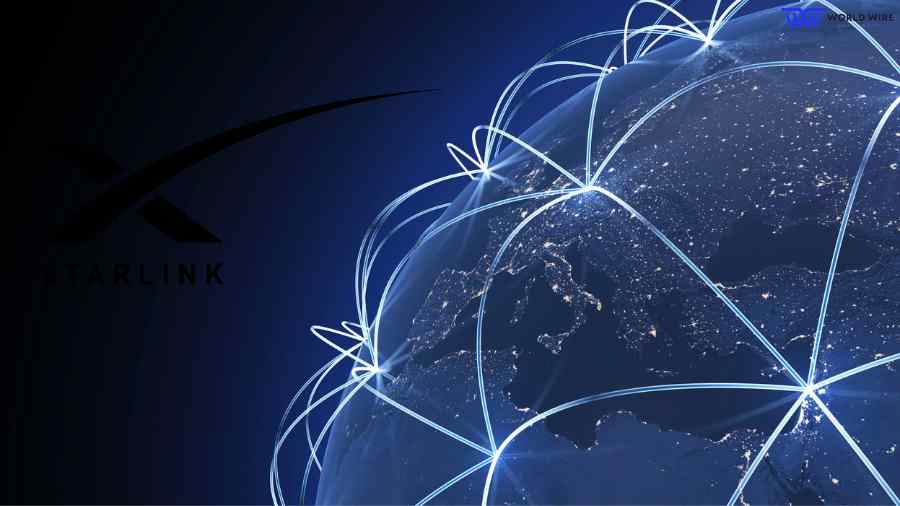
This technology also allows satellites to link over longer distances in space, maintaining high-quality connections even when satellites are not within direct sight of ground stations.
Extended Coverage
With the independence from terrestrial infrastructure, Starlink’s satellite network can deliver internet services to geographically isolated and underserved regions worldwide.
This is particularly beneficial for rural or remote areas where laying fiber-optic cables or establishing ground stations is impractical or too costly.
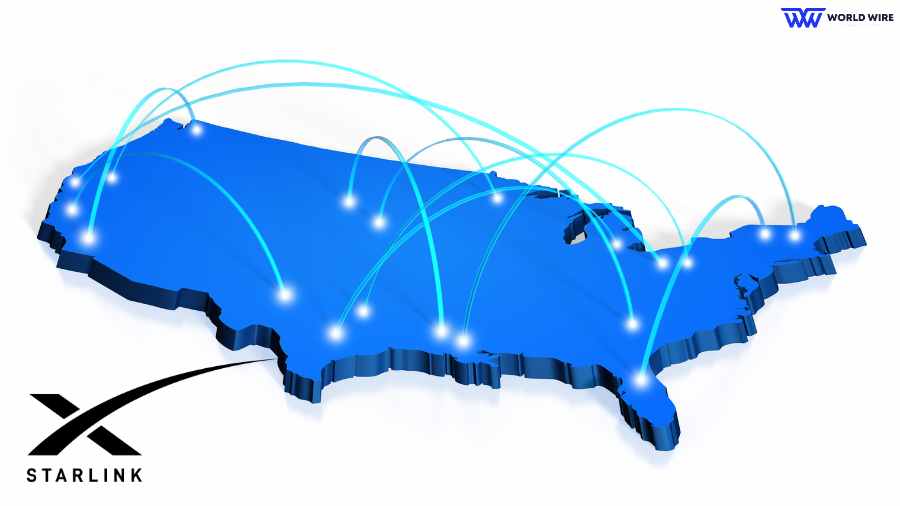
Additionally, this technology supports better services for aviation and maritime sectors, where traditional ground-based communications are unfeasible.
Commercial and Industrial Opportunities
The robust capabilities of Starlink’s laser links not only cater to individual consumers but also offer vast opportunities for commercial and industrial applications.
SpaceX plans to commercialize its laser link technology by licensing it to other satellite operators, opening up new revenue streams.
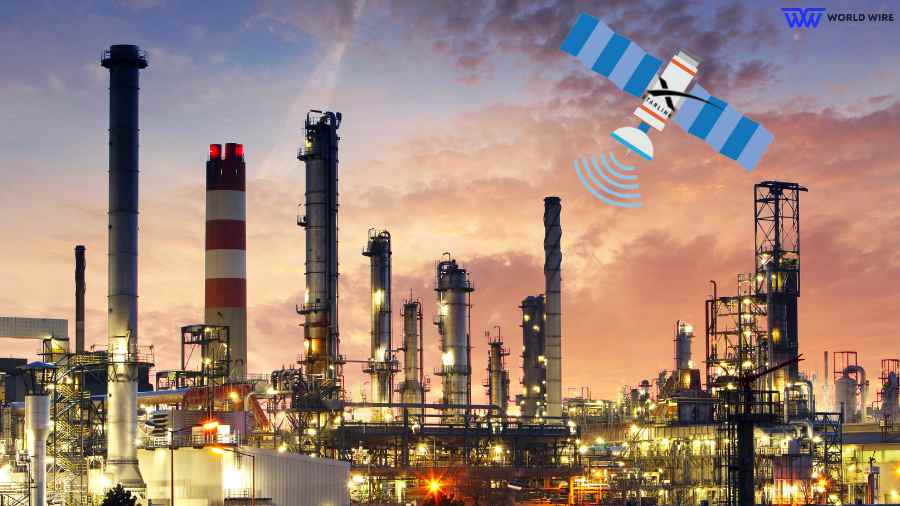
This move could revolutionize the satellite communication industry by providing more efficient ways to manage data traffic in space and offering enhanced services to other satellites without laser capabilities.
Challenges of Implementing Starlink Laser Link?
While Starlink’s laser link technology offers significant advancements in satellite communication, its implementation comes with various challenges:
Atmospheric Interference
One of the main challenges with laser communications is their susceptibility to atmospheric conditions.
Cloud cover, rain, fog, and other weather phenomena can scatter or absorb the Starlink Laser Link signals, leading to interruptions or decreased signal quality.
This can result in unreliable internet connections, particularly in regions with frequent adverse weather conditions. Ensuring consistent service quality across different environments remains a substantial hurdle.
Line-of-Sight Limitations
Laser communications require a clear line of sight between satellites. Any obstruction, such as other satellites, space debris, or celestial bodies, can disrupt the communication link.
This necessitates extremely precise satellite positioning and trajectory calculations to maintain a clear path for the laser beams.
The need for such precision requires sophisticated tracking and management systems, which can complicate satellite operations.

Pointing and Tracking Accuracy
The effectiveness of laser communication heavily depends on the accuracy with which satellites can point and track each other.
Even small positioning errors can lead to signal loss, significantly affecting data transfer rates.
This challenge is compounded by the satellites’ motion and the need to continuously adjust their alignment in real-time to maintain a stable connection.
Power Constraints
Operating laser communication systems requires considerable power, which can be a limiting factor for smaller satellites.
These systems must generate intense laser beams strong enough to travel vast distances in space, demanding significant electrical power.
This requirement can strain the satellite’s power resources, necessitating satellite power efficiency and management advancements.
Security Concerns
As with any form of communication, security is paramount. While offering a direct and potentially more secure medium, Laser links still face threats such as interception and jamming.
Protecting these communications involves complex encryption and security protocols to ensure that the data transmitted remains confidential and tamper-proof.
Developing these systems adds another layer of complexity to the satellite network’s design and operation.
Comparative Analysis: Starlink Laser Link vs. Traditional Methods
Here’s the breakdown of the comparison between Starlink Laser Link and traditional methods in simple terms:
| Aspect | Starlink’s Laser Link | Traditional Methods |
Speed and
|
Laser beams transmit data at high speeds, enabling quicker and more efficient satellite communication. |
Traditional methods like radio waves are slower and less efficient, resulting in longer transmission times and potentially slower internet speeds.
|
Reliability |
More reliable as laser links are less prone to interference and can maintain stable connections over long distances. |
May experience interference from electromagnetic radiation or atmospheric conditions, affecting reliability.
|
Latency (Delay) |
Significantly reduces latency, providing less delay in data transmission for a smoother and more responsive internet experience. |
Higher latency is due to the longer travel time of signals through the atmosphere and between satellites and ground stations.
|
Coverage |
Enables direct communication between satellites, expanding coverage to remote or underserved areas without extensive ground infrastructure. |
Relies on ground stations for communication, limiting coverage to areas within these stations’ range and often excluding remote regions.
|
Scalability |
Laser links can be more easily scaled up as demand increases, as they do not require additional ground-based infrastructure. |
Scaling traditional methods can be costly and complex, requiring the installation of more ground stations or upgrading existing ones.
|
Cost
|
Over time, the investment in laser technology could lead to lower operational costs due to reduced need for ground infrastructure and maintenance. |
Higher ongoing costs due to maintenance of ground stations and the larger infrastructure required for signal transmission and reception.
|
Energy Efficiency |
Lasers are more energy-efficient than radio waves in transmitting data over long distances in space, which can dissipate more energy. |
Less energy-efficient due to the higher power requirements for broadcasting and receiving signals over vast distances.
|
Security |
Enhanced security features due to the direct and narrow transmission beam, which is harder to intercept or disrupt. |
More vulnerable to interception and disruption due to the broader and more diffused nature of radio waves.
|
Technological
|
Requires advanced technology for precise aiming and tracking of satellites, which can be a barrier to implementation. |
Simpler technology with established methods and less need for precise targeting, making it easier to implement and maintain.
|
Environmental
|
Potentially, there is less environmental impact as laser systems do not require as much terrestrial alteration for infrastructure. |
Greater environmental impact is due to the need for extensive ground station networks, which can disturb terrestrial habitats.
|
FAQs
How Fast is Starlink Laser Link?
Starlink Laser Link is incredibly fast, with a throughput of 5.6 Tbps (Terabits per second) across over 9000 space lasers.
These lasers enable communication at speeds reaching over 42 PB (Petabytes) daily, making Starlink’s Laser Link one of the most high-bandwidth inter-satellite communication systems currently operating.
How does laser link technology impact satellite deployment?
Laser link technology impacts satellite deployment by enabling direct communication between satellites and receiving stations on Earth.
This technology allows for more efficient and reliable data transmission and improves connectivity.
What future improvements are expected with Starlink’s laser links?
Future improvements with Starlink’s laser links are expected to enhance traditional radio-frequency communications by providing higher bandwidth and faster connectivity.
Starlink terminals are anticipated to offer up to one gigabit per second connectivity to and from stations, indicating a significant improvement in data transmission speeds and overall network performance.
Are all Starlink satellites equipped with laser links?
Starlink satellites in low-Earth orbit use inter-satellite laser links with fewer ground stations.
Can Starlink Laser Link operate in bad weather?
Yes, Starlink Laser Link can be affected by adverse weather conditions such as clouds, fog, and heavy rain.
These weather phenomena can scatter the laser signal, resulting in disruptions or reduced signal quality.
However, technological advancements, such as adaptive optics and error correction techniques, can help mitigate some of these effects and improve the reliability of laser communication systems in weather changes.
For more Starlink-related articles, follow ReliefWatch.





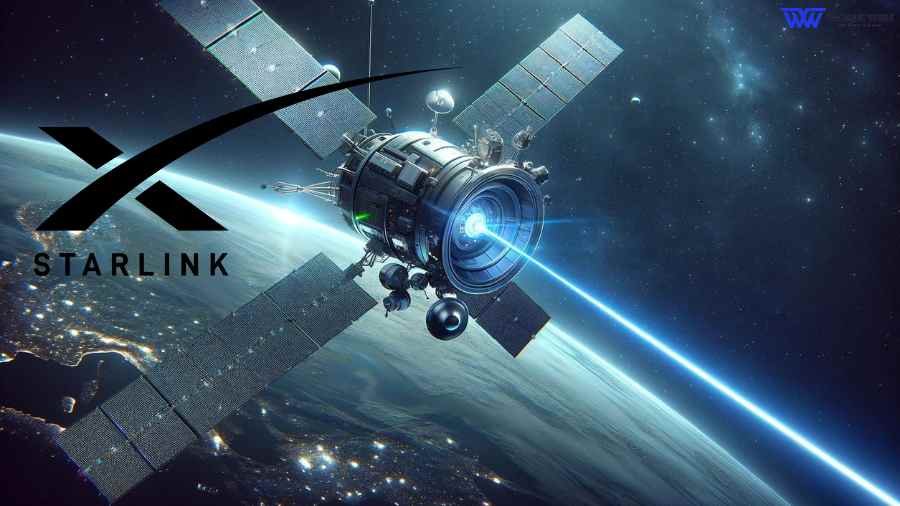

Add Comment